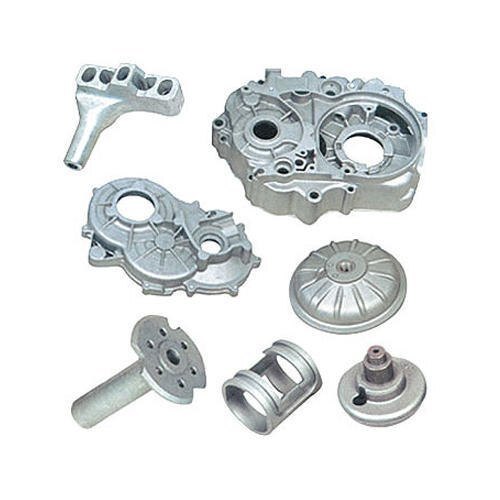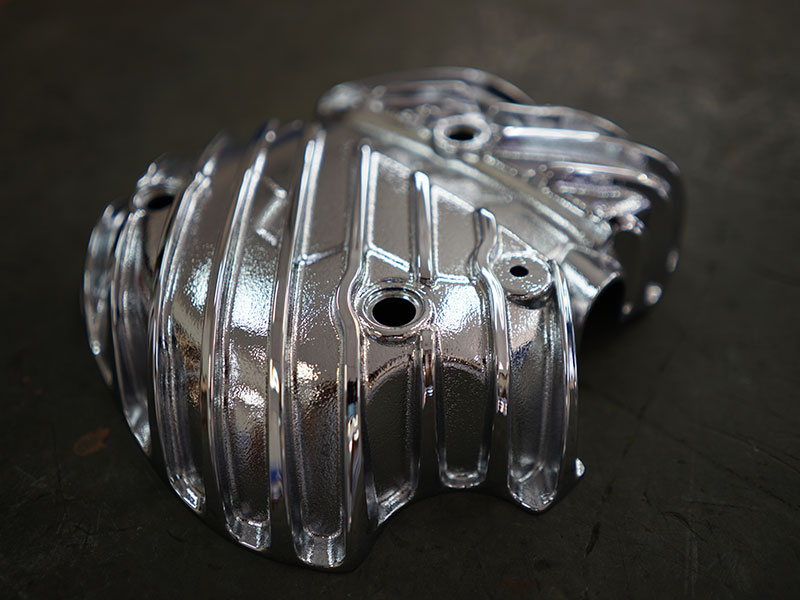Die casting is considered to be one of the top method of modern production offering precision and versatility in a variety of fields. It is a fundamental process, casting involves injecting molten metallic material into a mold and producing complex shapes with exceptional accuracy and surface finish. Die casting has changed the industry, opening up the creation of intricate parts that are essential to the aerospace industry, automotive, electronics, and beyond.

Diecasting starts with a meticulous plan and construction of molds generally made of steel that has been hardened. The dies that are created, or dies, are made precisely to reflect what the end product is expected to be. It doesn't matter if it's intricate automobile parts or electronic parts that are delicate, the molds have to capture every aspect with precision. Advanced technologies like computer-aided design (CAD) and computers numerical control (CNC) processing have revolutionized die fabrication, permitting intricate designs and minimizing mistakes.
One of the main advantages of die casting lies in the ability of die casting to create components with incredible dimensional precision as well as surface finishing. The intense pressure created during die casting reduces porosity and creates uniformity. It results in components that need minimal post-processing. This not only streamlines production however it also increases the overall quality of the parts. Furthermore, die casting is able to accommodate a wide range of alloys and metals which include zinc, aluminum copper-based alloys, magnesium, and so on and expands its application throughout different industries.
In addition, it allows for the creation of complicated geometries, which would be difficult or unattainable with other manufacturing processes. Its ability to produce complex designs using a minimum of tooling changes makes it the ideal option for mass production of parts that have intricate components, including heat sinks housings and brackets. This feature not only allows for greater designs but additionally opens new avenues to innovate across different industries. From intricate patterns in design hardware to elaborate cooling channels inside electronic enclosures. Diecasting enables designers to break the boundaries of the possibilities. To get supplementary information kindly go to Senadiecasting

Beyond the conventional manufacturing industry Die-casting has also found numerous new uses in the emerging industry including renewable energy as well as medical technology. In the sector of renewable energy die-casting components play a crucial role to manufacturing wind turbine parts, solar panel frames, as well as hydroelectric parts. These parts must endure extreme weather conditions, while also delivering the best efficiency, which makes die-casting an indispensable manufacturing method.
Although it has many advantages, diecasting is not without its issues. Costs for initial tooling could be considerable, especially with complicated molds or alloys that require specialization. In addition, maintaining the same quality over time requires an exact controlling and monitoring of processes to reduce imperfections like the shrinkage of porosity or imperfections on the surface. But, advances in technology including computer simulations as well as real-time monitoring systems have helped mitigate these challenges making it possible for manufacturers to attain more efficiency as well as quality assurance.
Comments on “Innovations in Die Casting Technology: Trends and Developments”